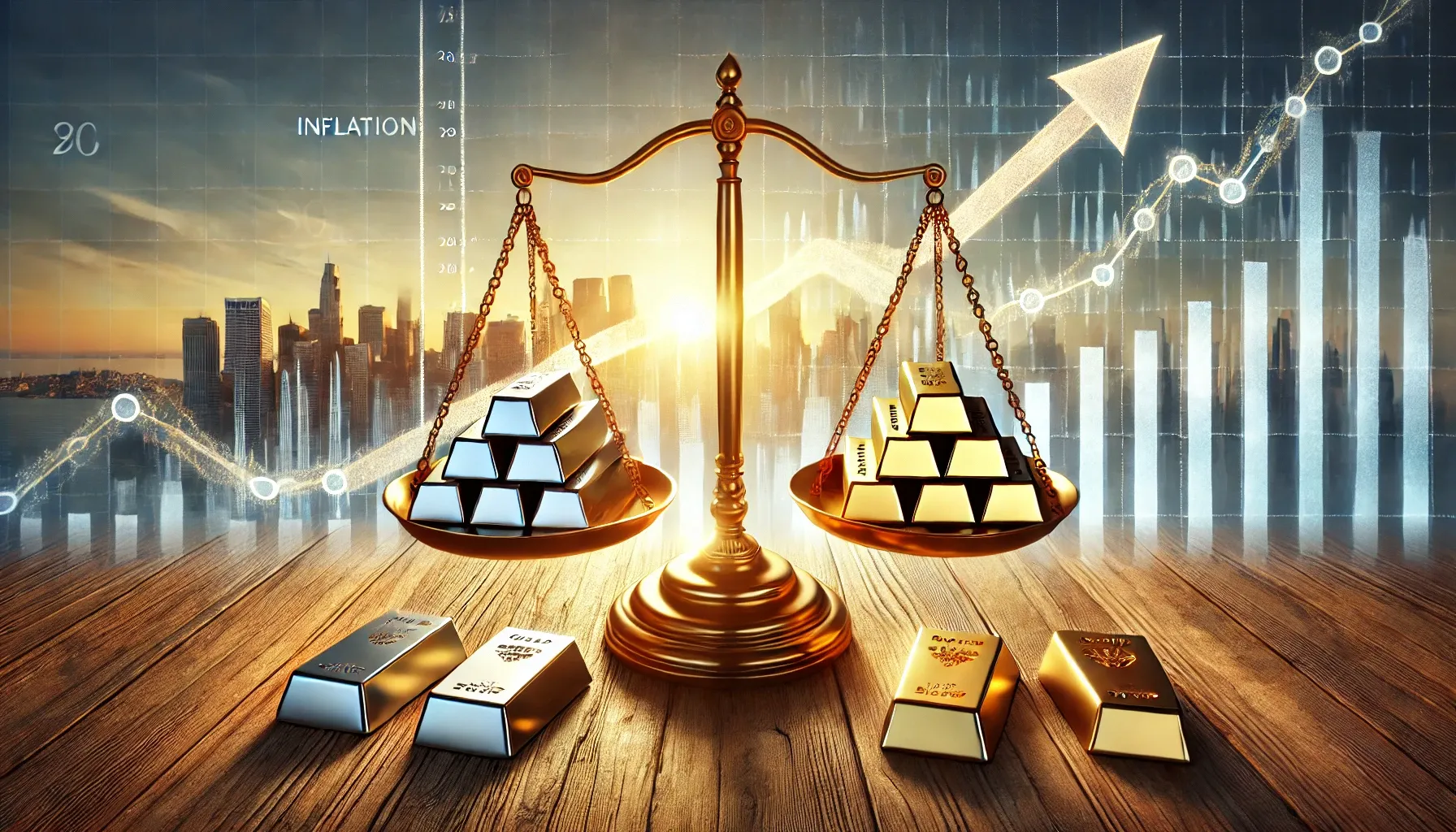
The latest inflation report from the Bureau of Labor Statistics (BLS) took markets by surprise, particularly at the core inflation level. The Consumer Price Index (CPI) came in hotter than expected, with a 0.3% month-over-month increase in core CPI compared to the anticipated 0.2% rise. This marks the 51st consecutive month of increases in core inflation, driven by rising shelter costs and continued inflationary pressures in key sectors of the economy. While headline CPI aligned with expectations, it's the core figure that has set off alarms for both financial markets and the precious metals sector, including gold and silver.
Core Inflation and Shelter Costs: A Surprise Spike
Core CPI, which excludes volatile food and energy prices, rose 0.3% in August, a number that exceeded most analysts' forecasts. The annual core CPI figure remains at 3.2% year-over-year, reflecting persistent inflation in services and shelter costs.
The most surprising contributor to the inflation spike was the shelter category, which saw its first monthly increase since early 2023. The shelter index, which includes rent and owners' equivalent rent, rose 0.5% in August. Shelter inflation reached 5.23% year-over-year, up from 5.05% in July, signaling that rising housing costs are still a major issue for consumers.
This increase in inflation, especially in shelter, tends to have significant implications for broader financial markets, as well as for safe-haven assets like bullion.
Impact of Inflation on Bullion Prices
Historically, gold and silver are seen as hedges against inflation. When inflation rises, the purchasing power of fiat currency declines, leading investors to flock to tangible assets like gold and silver, which retain value over time. The current inflation data presents both opportunities and risks for bullion investors.
As inflation picks up, it could increase demand for gold and silver, especially as investors seek to protect their wealth from eroding purchasing power. Bullion prices typically rise in inflationary periods because precious metals are viewed as stores of value.
The Federal Reserve’s Next Move and Its Effect on Bullion
The inflation data also complicates the Federal Reserve's decision-making process. Markets had been pricing in a potential 50-basis-point rate cut after last month’s softer inflation data, but the hotter-than-expected core CPI figure has cast doubt on those expectations.
Currently, there is still market anticipation that the Fed will begin cutting rates later this year, but this latest data could delay those cuts. The higher inflation print has reduced the odds of an aggressive rate cut, which will likely impact bullion prices in the near term.
A delay or reduction in rate cuts could initially slow the upward momentum in gold and silver prices. Typically, lower interest rates make non-yielding assets like gold more attractive, as the opportunity cost of holding bullion decreases. Conversely, higher interest rates tend to pressure bullion prices, as investors may prefer assets that offer yields, like bonds. However, continued inflation could offset this by driving increased demand for precious metals as a hedge.
Shelter Inflation’s Broader Economic Impact on Bullion
Shelter inflation is a particularly worrying sign because housing costs make up a large portion of the average consumer's expenses. Rising rents and mortgage rates contribute to a squeeze on disposable income, which can reduce consumer spending and weaken economic growth. In such environments, investors may shift toward safe-haven assets like gold, which typically perform well during economic downturns or periods of uncertainty.
If shelter inflation continues to rise, the broader economic repercussions could increase volatility in the stock market and push more investors into gold and silver. Already, there is significant volatility in risk assets following the inflation report, and this could be the beginning of a trend toward safer investments like bullion.
Goods and Services Inflation: A Mixed Bag for Bullion
Looking beyond shelter inflation, other inflation components provided mixed signals. Goods prices, which had been falling, continued to show signs of deflation, dropping 1.9% year-over-year. Energy prices also fell in August, further dragging down overall inflation.
However, core services, another significant component, remain elevated and could continue to push inflation higher in the coming months. For bullion investors, the interplay between goods deflation and services inflation is critical. If services inflation persists while goods and energy prices stabilize or rise, it could create an environment where inflation remains elevated, even as the Fed tries to cut rates. Such a scenario would be bullish for gold and silver.
Conclusion: Bullion Prices Likely to Remain Volatile
With inflation running higher than expected and the Fed’s path on rate cuts uncertain, bullion prices are likely to experience heightened volatility. In the short term, any delay in the Fed’s rate cuts could pressure gold and silver prices, but persistent inflation will continue to drive long-term demand for precious metals as a hedge against currency depreciation.
Investors in gold and silver should stay informed about both inflation data and the Federal Reserve’s responses, as these will be key drivers of bullion prices moving forward. For now, the combination of shelter inflation, sticky core services prices, and the potential for slower Fed rate cuts make bullion an attractive option for those looking to diversify and protect their portfolios.
